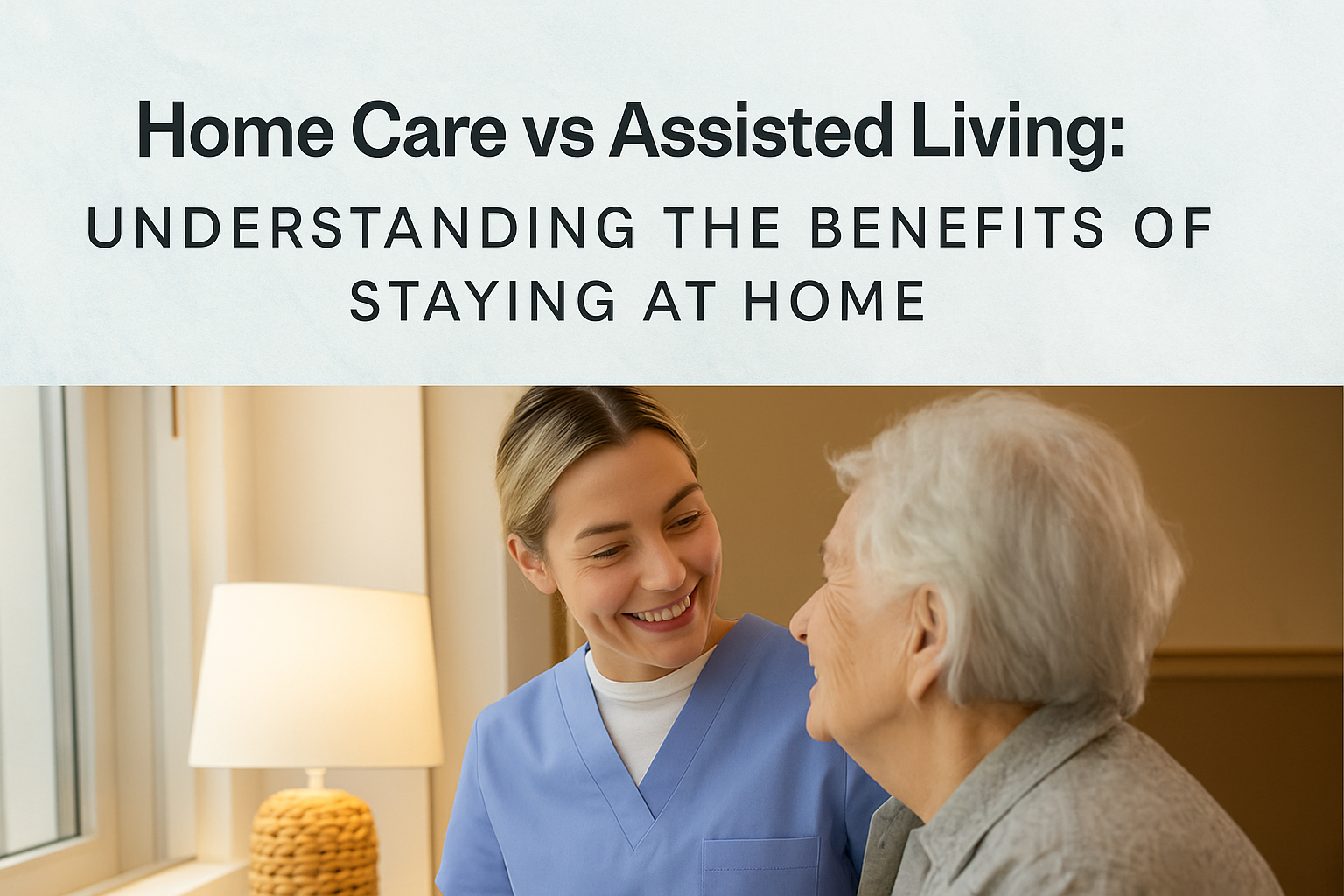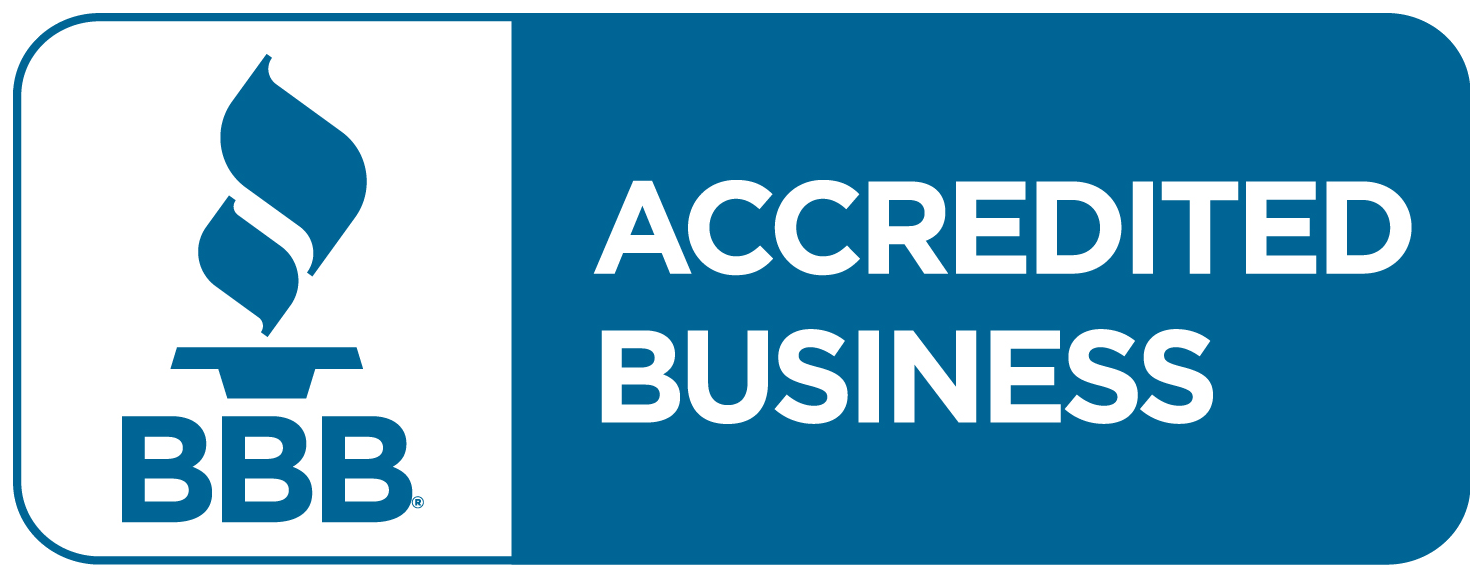What is Diabetes?
Diabetes comes in three forms, Diabetes 1, Diabetes 2, and Gestational Diabetes which usually occurs in pregnant women and will not be discussed in this article. The first form also known as Diabetes Mellitus is when the pancreas does not produce insulin. This occurs when the body attacks the pancreas with antibodies resulting in its failure of providing insulin. It primarily begins in young children and adults but impacts them for the rest of their lives. Type 2 Diabetes, however, is when the body fails to produce or use insulin effectively. It is the most common type of Diabetes and occurs in middle-aged and older adults. It is crucial to monitor diabetes and receive proper treatment otherwise, serious health issues like heart disease, eye problems, and nerve damage can arise. Currently, there is no cure for Diabetes, but with proper treatment and a healthy lifestyle, one can live a long and happy life.
Symptoms of Diabetes 1
Symptoms of Diabetes 1 have been reported as…
- Thirst
- Frequent urination
- Extreme hunger
- Bed-wetting
- Mood swings
- Unintended weight loss
- Blurred vision
- Weakness or fatigue
Symptoms of Diabetes 2
Some common symptoms of Type 2 Diabetes include but are not limited to feeling tired, increased hunger or thirst, losing weight without trying, blurred vision, and urinating often. Healing slowly from cuts and bruises or developing skin infections have also been reported. It is very important to get checked regularly for diabetes, especially for seniors as many of them claim that what they are experiencing are just symptoms of “getting old.” On the contrary, these could be signs of a serious and underlying problem.
Testing for Diabetes
Some common blood tests to help diagnose Diabetes include…
- Fasting Plasma Glucose Test – Must be taken after having gone without food for at least 8 hours.
- Oral Glucose Tolerance Test – Taken after fasting overnight and again 2 hours after drinking a surgery drink. (Not given for Type 2 Diabetes.)
- A1C Test – Can be given at anytime during the day. Shows the average glucose levels from the past 3 months.
- Random Plasma Glucose Test – Given at anytime during the day.
Managing Diabetes
There are a number of ways to help manage diabetes, one of them being a change in lifestyle. For instance, implementing exercise and a healthy diet into one’s daily routine can improve the quality and satisfaction of life. Before starting any diet or fitness regime, it is, however, crucial to meet with healthcare professionals such as doctors, diabetes educators, dietitians, and fitness coaches. Furthermore, the right medication also plays a significant role in managing diabetes. Insulin injections, diabetes pills, and other medications helping with high blood pressure and cholesterol might be prescribed. Usually, once a patient has been diagnosed with diabetes, a healthcare team creates a diabetes management plan specifically for that person. The plan is based on health goals, lifestyle preferences, and other health conditions present. Some things that the diabetes management plan covers and teaches are things like: how to track your glucose levels, make healthy food choices, be active, and take your medications.





